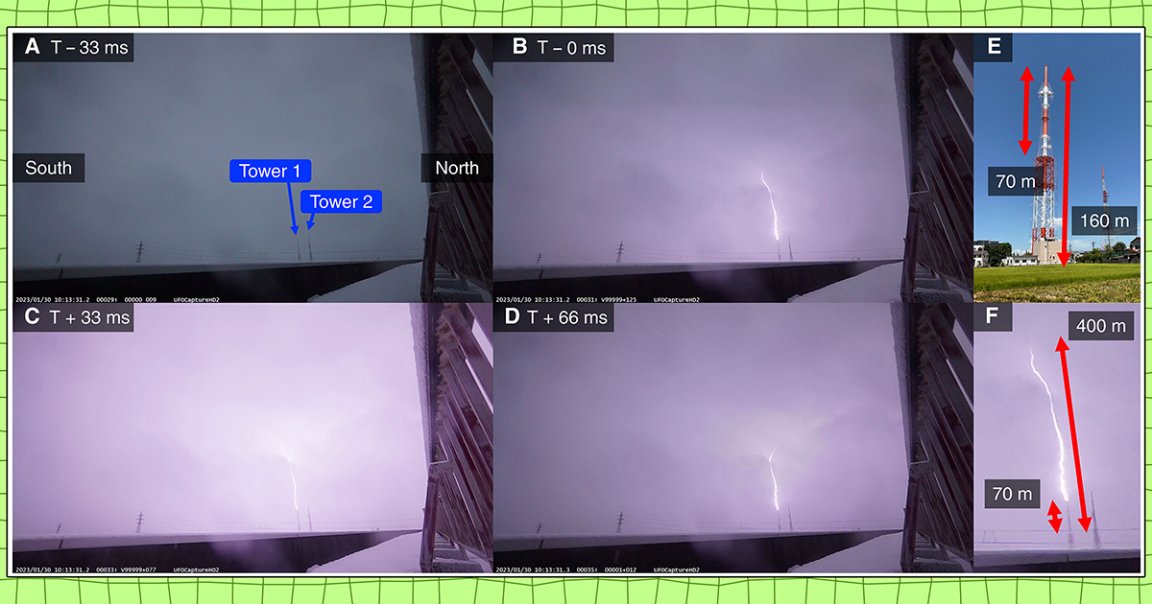
What happens right before two arcs of lightning smash into each other? An invisible blast of radiation a million times more energetic than a lightning discharge is unleashed in the form of gamma rays, before disappearing almost as quickly as it came.
Yes, astronomy-minded friends, this is a gamma ray burst, almost like the cosmic explosions we see in deep space produced when stars go supernova — except right here on Earth (and thankfully, a lot less deadly).
For the first time, a team of researchers in Japan have witnessed one of these earthly gamma ray blasts, known as terrestrial gamma-ray flashes, being produced by a lightning discharge, after two of them collided. The findings, published in a new study in the journal Science Advances, mark a major step forward in understanding how gamma rays are produced in the storm clouds that lour over our planet.
Thunderclouds, on top of heaving with rain and crackling with arcs of electricity, are also brimming with gamma rays. But though this was discovered nearly three decades ago, the exact mechanism behind the phenomenon has eluded scientists, who until now have never tied a gamma ray flash, sometimes called “dark lightning,” to a specific lightning strike.
So far, the best theory is that thunderclouds act as natural particle accelerators that whip electrons to speeds approaching the speed of light, before colliding with air molecules to unleash gamma rays — and in some cases, even antimatter.
Observing this in the wild, however, has been enormously challenging. Take the difficulty of predicting where visible lightning will strike and multiply it by a thousand, because that’s how many discharges occur, approximately, before just a single gamma flash is produced. The flashes themselves last less than a millisecond, because the gamma rays instantly dissipate in the atmosphere.
“Most TGFs have been detected by satellites, but spaceborne observations can provide limited information,” lead author Yuuki Wada, a researcher at the University of Osaka, told Gizmodo. “In this research, we performed a ground-based observation to see TGFs in detail.”
To pull off the feat of capturing dark lightning in a bottle, the researchers deployed a multi-sensor system to gather optical, radio frequency, and high-energy measurements coming from lightning storms. Their focus was on TV transmission towers, likely targets for a smiting from the heavens.
Eventually, the moment came. A lightning strike split into two arcs, fated to meet. One arc, called a leader, struck downwards towards a tower, while the other leader rose up to meet it from the tip of the structure.
Right then, the system detected a gamma flash just 31 microseconds before their collision, which occurred some 2,600 feet in the air. The ensuing gamma ray burst lasted all but 20 microseconds afterwards. But it was enough to synchronize, for the first time, lightning and dark lightning using ground-based observations.
“The multi-sensor observations performed here are a world-first; although some mysteries remain, this technique has brought us closer to understanding the mechanism of these fascinating radiation bursts,” study senior author Harufumi Tsuchiya said in a statement about the work.
More on lightning: Scientists Stumped by Mysterious Flashes of Light on Venus